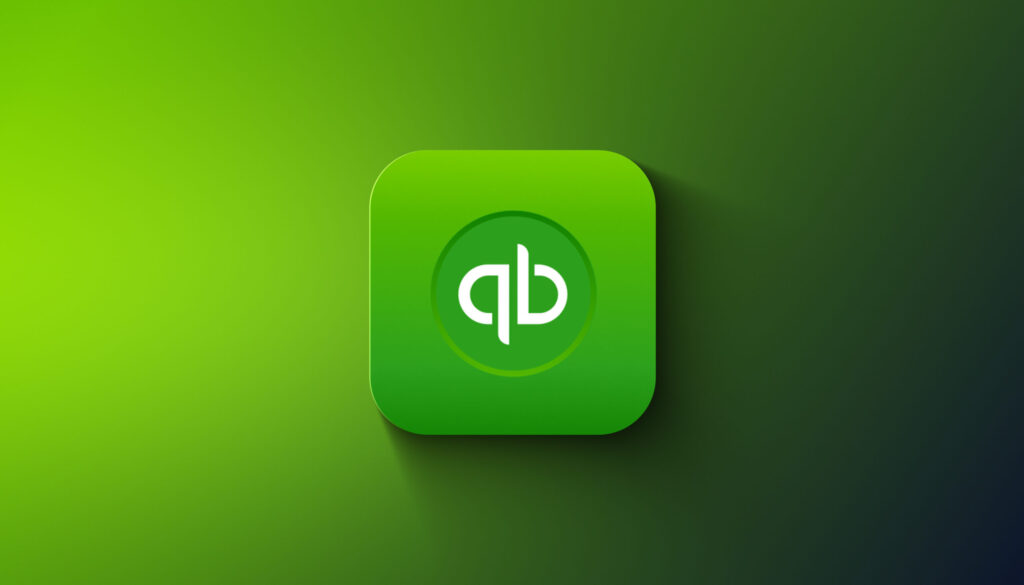Stop Chasing Payments: Master Receivables in QuickBooks® Online

When tax season rolls around or day-to-day tasks start piling up, it’s easy for unpaid invoices to fall through the cracks. But staying on top of your accounts receivable isn’t just about getting paid — it’s key to maintaining steady cash flow, staying organized, and building lasting trust with your customers.
The good news? If you’re using QuickBooks® Online, you already have tools at your fingertips to help you track what you’re owed, send reminders, and reduce the time spent chasing payments — so you can focus on running your business, not your receivables.
Why Receivables Matter More Than Ever
Inconsistent cash flow is one of the most common reasons small businesses struggle. According to a 2024 QuickBooks® study, 60% of small businesses experience cash flow issues at least once a year, and late payments are often the culprit. Helping your clients manage receivables efficiently not only stabilizes their operations—it puts you in a proactive advisory role.
How to Track Receivables in QuickBooks® Online
QuickBooks® Online makes it easy to track outstanding invoices, overdue balances, and customer payment history. Here’s how:
1. Use the Accounts Receivable Aging Report
Navigate to:
Reports > Who owes you > Accounts Receivable Aging Summary
This report groups outstanding invoices by how long they’ve been overdue (e.g., 1–30 days, 31–60 days, etc.). It’s an essential tool for assessing client risk and prioritizing follow-ups.
2. Set Up Automatic Invoice Reminders
Navigate to:
Gear Icon > Account and Settings > Sales > Reminders
QuickBooks® can send polite, automated nudges to customers who haven’t paid by the due date. This feature cuts down on awkward email chains and helps clients avoid letting invoices go stale.
3. Customize Payment Terms and Due Dates
For clients with multiple service tiers or retainers, customize invoice terms for each customer under their individual profile. This ensures expectations are clear upfront and tracked properly.
Pro Tip: Create a Receivables Workflow
Encourage clients to check their A/R Aging Summary report at least once a week. Pair that with regular reconciliation of bank feeds to match payments received. If you’re managing their books, consider setting alerts for accounts over 60 days due, so you can prompt follow-up or recommend collections strategies before year-end.
When Receivables Become a Problem
If overdue balances start piling up, it’s a sign that your client may need tighter invoicing policies or better contract enforcement. You can recommend:
- Requiring partial deposits for larger projects
- Incentivizing early payments with small discounts
- Charging late fees (within legal and ethical guidelines)
- Offering recurring billing options through QuickBooks® for subscription-based services
Tracking who owes you, and when, isn’t just good bookkeeping, it’s smart business. With the right tools in QuickBooks® Online and a little guidance from our team, you can ease the stress of collections, keep your cash flow steady, and avoid those uncomfortable conversations about overdue payments.
Need help setting it up or figuring out what works best for your business? We’re here to help.